#euungulata
Text

Burchell's zebra (Equus quagga burchellii)
Photo by Simon Francis
#burchell's zebra#plains zebra#equus quagga burchellii#equus quagga#equus#equini#equinae#equidae#hippomorpha#perissodactyla#euungulata#laurasiatheria#placentalia#mammalia#tetrapoda#vertebrata#chordata
246 notes
·
View notes
Text




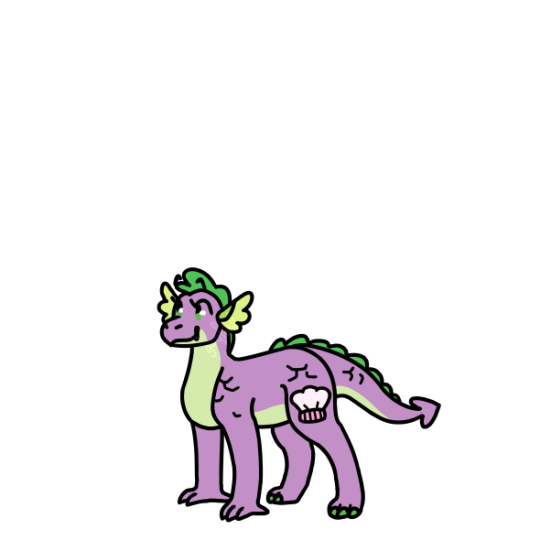

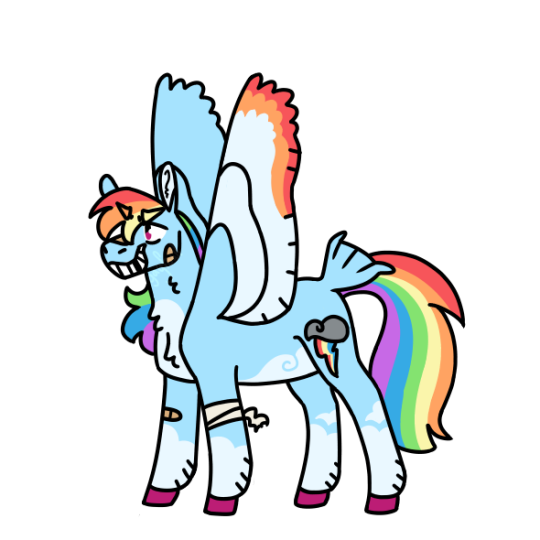

G4 Mane 6 Redesigns!
notes under cut:
aj's cutie mark colors represent granny smith, big mac and apple bloom and also the three apple colors that calliou taught me as a child [:
flutter's hair is based on her crystal form and also her pirate outfit
flutter's cm is a luna moth and i think, before she got batted, it was a different butterfly! (it's also based off the g3 cm i could not fit 3 butterflies on her flat flat ass)
flutter's a peryton but i didnt want to draw her antlers so it's the season where she doesnt have them
pinkie has hoof hearts like g3 :]
i didn't want to draw rarity's gradients so i traded it for streaks. it's like her rainbow form if it was good
spike's cm is a chef's hat :]
i've watched so much rainbow dash presents recently that is where the bandaids come from
spike gets a cutie mark and is quadrupedal in compliance with my general euungulata headcanons/universe, wherein dragons are a fork of tapirs, which are perissodactyls, which are ungulates, which all have magic and get cutie marks and stuff
if you like my designs, read my tou!
#mlp#autumn.art#g4#applejack#fluttershy#pinkie pie#rainbow dash#rarity#twilight sparkle#spike#g4 applejack#g4 fluttershy#g4 pinkie pie#g4 rainbow dash#g4 rarity#mlp fim#mlp g4
2 notes
·
View notes
Text
Ungulates of iNaturalist
Welcome! This blog is dedicated to sharing, in a picture(s)-of-the-day type format, the amazing and beautiful mammals broadly grouped as “ungulates” observed around the world via the citizen science platform iNaturalist.
About Ungulates
Ungulates, or hoofed mammals, are members of a few different taxonomic groups, principally the orders Artiodactyla (even-toed ungulates) and Perissodactyla (odd-toed ungulates) in modern times. How these major two groups are related to each other is not entirely settled: historically they have been classified together in a larger group Ungulata (an arrangement which has been revived by some recent phylogenetic research as the “Euungulata Hypothesis”), while other phylogenies find them to be not-especially-close relatives in a group that also includes bats, pangolins, and carnivorans. One notable change to the relationships of the classic ungulate orders is the revelation that the old “order” Cetacea (whales, dolphins, and porpoises) is deeply nested within Artiodactyla, thus is included as part of the remit of this blog.
Several extinct lineages could also be considered ungulates, perhaps most notably the numerous lineages of “South American native ungulates” that lived almost exclusively on South America from about 66 million until about 12,000 years ago; their relationships to other mammals, and to each other, remain contentious. There is also another living mammal group, Paenungulata, that is included in this blog. In modern times, Paenungulata consists of hyraxes, sirenians (manatees and the dugong), and elephants. These strange animals have historically been difficult to place in the mammals’ evolutionary tree, though up through the late 20th century, hyraxes were often allied with perissodactyls. Thus, despite the fact they are not exactly “typical” ungulates especially in a modern parlance, in reflection of historical hypotheses in which they have been united with artiodactyl and perissodactyl groups and some general similarities to these other ungulates, paenungulates are also featured as part of this blog.
About the Blog (and me)
All images featured on this blog are in the public domain or under a Creative Commons license, which will be linked to in each post. The original iNaturalist observation will also be credited and linked. At present, my plan is that all images will be reasonably clear, reasonably hi-res, featuring a live ungulate (though I may eventually start adding good photos of bones), without any watermarks etc. on the image (though, again, I may eventually break down and start making an exception for trail cam images).
The taxonomy used on the blog is not derived from any one source, and does not always follow the rather overlumped and sometimes-slow-to-change iNaturalist taxonomy. I am a taxonomic splitter, so often recognize subspecies as full species, or populations as subspecies, when there is reasonable behavioral, biogeographical, morphological, and/or especially genetic basis for doing so and some precedent for it in the literature. Since this is blog is dedicated to showcasing the beauty and diversity of the world’s ungulates and is not meant to be a taxonomic treatise on them, I don’t expect the taxonomy I employ here to be thought of as the “right” one, but I do base my splits (and my rarer lumps) on proposals in the scientific literature that I feel to be reasonably sound.
I may eventually write more about taxonomy, and about identifying ungulates and their natural history, as things progress here, but again, this is meant to be a blog full of pretty pictures. I will keep this blog queued up with a few pictures a day, so there’ll be plenty of content in a steady stream even if I’m not around to manage things actively.
For a bit about me, I am a vertebrate palaeontologist with a research focus on proboscideans, especially mastodons. Though my heart belongs to megafauna, I have an avid interest in natural history in general and my professional background is in museum collections management. Though I am a keen user of iNaturalist (IDing other people’s beautiful observations more so than uploading my own more-modest ones), I want to emphasize here that this blog is in no way affiliated with iNaturalist, it is just my personal endeavor to show off some cool creatures in line with the Creative Commons licensing on the images.
I hope you’ll join in on this journey through the world’s ungulates, and enjoy the beauty of these diverse and fascinating animals!
1 note
·
View note
Text
By the way if you disagree with me about the validity of Euungulata as a clade, we CANNOT be friends.
0 notes
Note
I love that you're on team 'Paenungulata count as ungulates' and not a Euungulata purist, haha
Thank you! I hope it doesn't get confusing, I did add a tiny disclaimer to let people know, just for the sake of tagging, we've lumped them all into the "ungulate" tag, despite them not being technically hoofed. We've recently decided any animal under the Cetartiodactyla & Perissodactyla order ((I think! Animal classifications are mighty confusing, any corrections would be greatly appreciated!)) are what were going to feature, so expect some whales eventually too! 😊
11 notes
·
View notes
Text
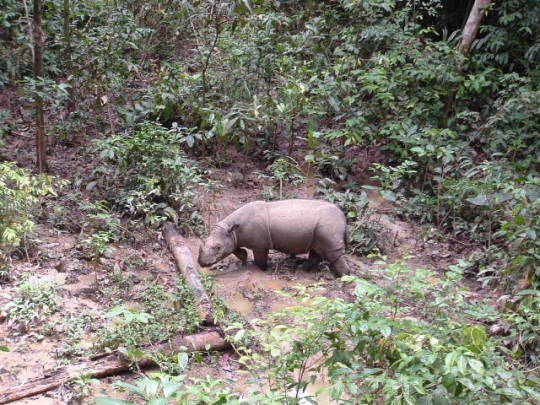
Sumatran rhino (Dicerorhinus sumatrensis)
Photo by redape_oz
#sumatran rhino#rhinoceros#dicerorhinus sumatrensis#dicerorhinus#dicerorhinini#rhinocerotinae#rhinocerotidae#rhinocerotoidea#ceratomorpha#perissodactyla#euungulata#laurasiatheria#placentalia#mammalia#tetrapoda#vertebrata#chordata
59 notes
·
View notes
Photo

Central European boar (Sus scrofa scrofa)
Photo by Michael Furtner
#central european boar#boar#pig#sus scrofa scrofa#sus scrofa#sus#suini#suidae#suina#artiofabula#artiodactyla#euungulata#scrotifera#eutheria#boreoeutheria#laurasiatheria#mammalia#tetrapoda#vertebrata#chordata
4K notes
·
View notes
Text
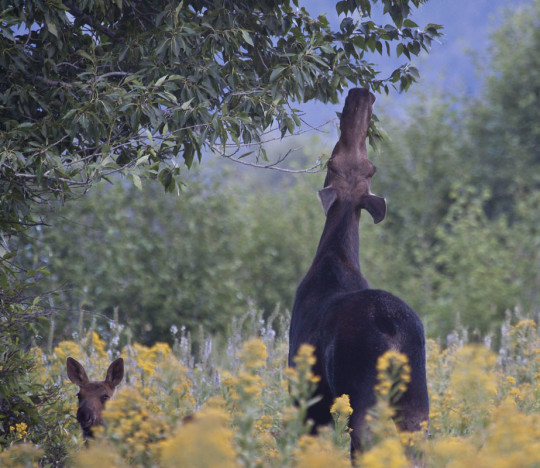
Shiras moose (Alces alces shirasi)
Photo by Marlin Harms
#shiras moose#moose#alces alces shirasi#alces alces#alces#alceini#capreolinae#cervidae#ruminantia#pecora#cetruminantia#artiofabula#artiodactyla#euungulata#laurasiatheria#boreoeutheria#eutheria#scrotifera#mammalia#tetrapoda#chordata
511 notes
·
View notes
Photo

American plains bison (Bison bison bison)
Photo by photoman356
#oddity#color morph#leucism#american plains bison#north american bison#bison bison bison#bison bison#bison#bovina#bovini#bovinae#bovidae#pecora#ruminantia#cetruminantia#artiofabula#artiodactyla#euungulata#scrotifera#laurasiatheria#boreoeutheria#eutheria#mammalia#tetrapoda#vertebrata#chordata
5K notes
·
View notes
Photo
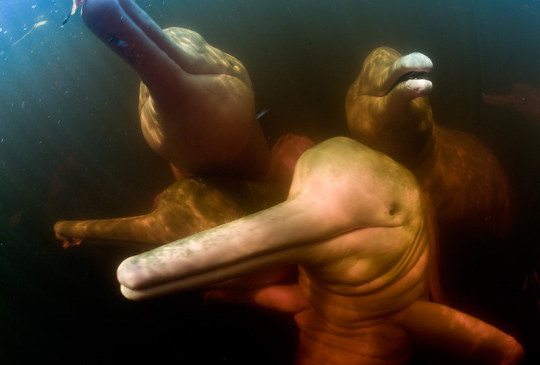
Amazon river dolphin (Inia geoffrensis)
Photo by Amos Nachoum
#amazon river dolphin#river dolphin#inia geoffrensis#inia#iniidae#inioidea#odontoceti#cetacea#whippomorpha#cetruminantia#artiofabula#artiodactyla#euungulata#scrotifera#laurasiatheria#boreoeutheria#eutheria#mammalia#tetrapoda#vertebrata#chordata
2K notes
·
View notes
Text

Damaraland zebra (Equus quagga burchellii)
Photo by Jackie Wild
#id'ing#damaraland zebra#bontequagga#plains zebra#zebra#equus quagga burchellii#equus quagga#equus#equini#equinae#equidae#hippomorphia#perissodactyla#ungulata#scrotifera#laurasiatheria#boreoeutheria#eutheria#euungulata#mammalia#tetrapoda#vertebrata#chordata
173 notes
·
View notes
Photo

Bornean bearded pig (Sus barbatus)
Photo by Jono Dashper
#bornean bearded pig#sus barbatus#sus#suini#suidae#suina#artiofabula#artiodactyla#euungulata#scrotifera#eutheria#boreoeutheria#laurasiatheria#mammalia#tetrapoda#vertebrata#chordata
771 notes
·
View notes
Text

Camargue horse (Equus ferus caballus)
Photo by Malin Wengdahl
#domestic#camargue horse#domestic horse#horse#equus ferus caballus#equus caballus#equus ferus#equus#equini#equinae#equidae#hippomorphia#perissodactyla#ungulata#scrotifera#laurasiatheria#boreoeutheria#eutheria#euungulata#mammalia#tetrapoda#vertebrata#chordata
92 notes
·
View notes
Text
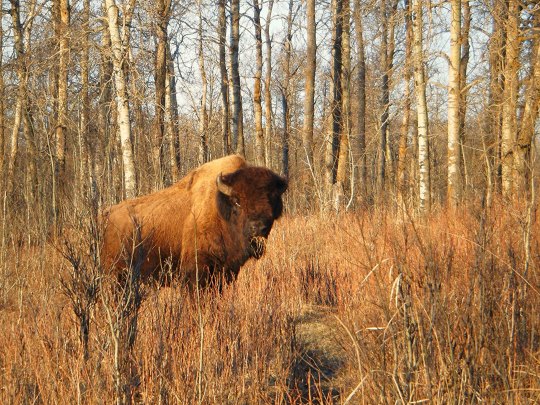
Wood bison (Bison bison athabascae)
Photo by wapiti8
#fave#wood bison#american bison#bison bison athabascae#bison bison#bison#bovini#bovinae#bovidae#pecora#ruminantia#cetruminantia#artiofabula#artiodactyla#euungulata#scrotifera#laurasiatheria#boreoeutheria#eutheria#mammalia#tetrapoda#vertebrata#chordata
184 notes
·
View notes
Photo
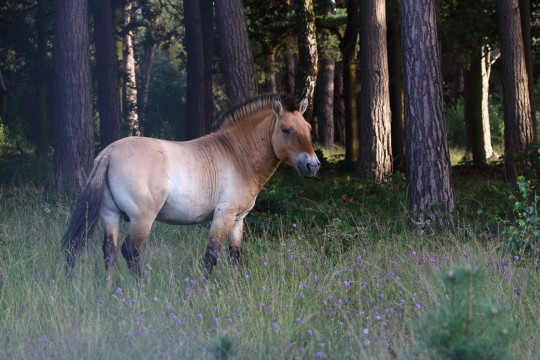
Przewalski's horse (Equus ferus przewalskii)
Photo by John Dixon
#fave#przewalski's horse#takhi#mongolian wild horse#horse#equus ferus przewalskii#equus ferus#equus#equini#equinae#equidae#hippomorphia#perissodactyla#ungulata#euungulata#scrotifera#laurasiatheria#boreoeutheria#eutheria#mammalia#tetrapoda#vertebrata#chordata
1K notes
·
View notes
Photo
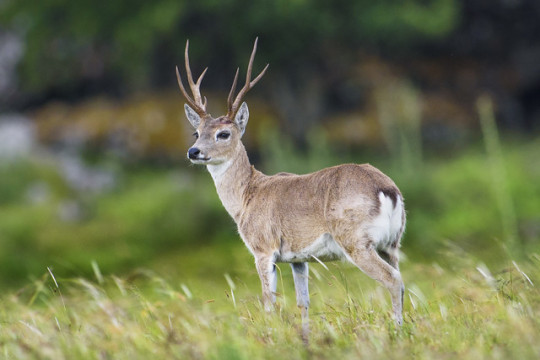
Pampas deer (Ozotoceros bezoarticus)
Photo by Cláudio Dias Timm
#pampas deer#ozotoceros bezoarticus#ozotoceros#rangiferini#capreolinae#cervidae#ruminantia#pecora#cetruminantia#artiofabula#artiodactyla#laurasiatheria#boreoeutheria#eutheria#scrotifera#euungulata#mammalia#tetrapoda#vertebrata#chordata
136 notes
·
View notes